Home>Articles>Which Part Of An Extension Ladder Locks The Fly Section Into Position
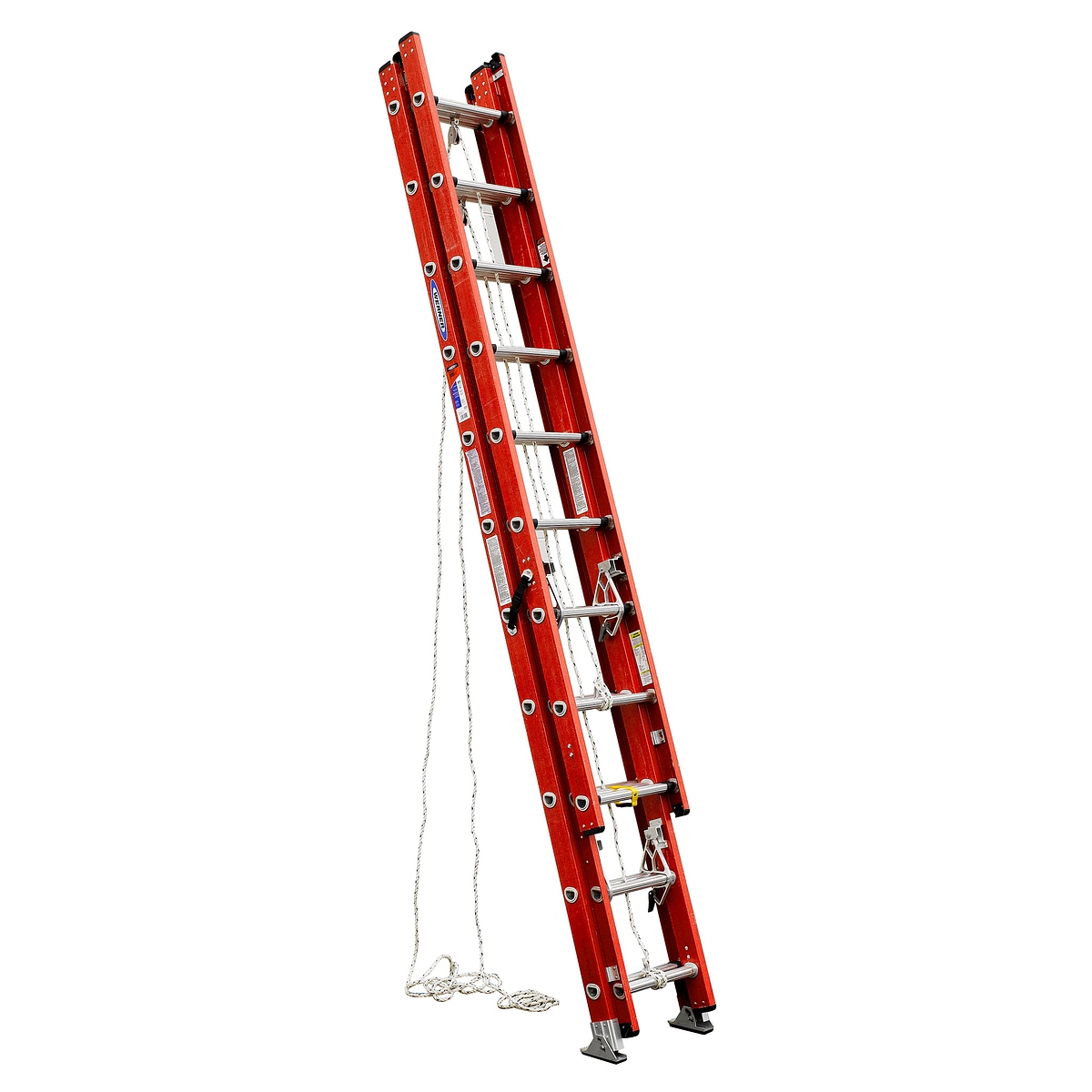

Articles
Which Part Of An Extension Ladder Locks The Fly Section Into Position
Modified: February 22, 2024
Learn how an extension ladder locks the fly section into position. Explore this informative article on extension ladder parts and their functions.
(Many of the links in this article redirect to a specific reviewed product. Your purchase of these products through affiliate links helps to generate commission for Storables.com, at no extra cost. Learn more)
Introduction
Extension ladders are essential tools for various tasks, from home maintenance to professional construction projects. They allow us to reach greater heights safely and efficiently. One important feature of an extension ladder is its ability to adjust to different heights by extending or retracting its sections. The fly section of the ladder plays a crucial role in this adjustability.
In this article, we will explore the fly section of an extension ladder and the locking mechanisms that hold it securely in place. Understanding these locking mechanisms is essential for ensuring the stability and safety of the ladder during use.
So, if you’ve ever wondered which part of an extension ladder locks the fly section into position, you’ve come to the right place. Let’s dive in and unravel the mystery!
Key Takeaways:
- Understanding the locking mechanisms for the fly section of an extension ladder is crucial for ensuring safety and stability during use. Different types of locking mechanisms, such as rope and pulley systems, sliding locks, spring-loaded jaws, and cam locks, offer unique features and benefits.
- When choosing a locking mechanism for an extension ladder, consider factors such as safety, usability, durability, integrity, compatibility, and maintenance. By prioritizing these factors, users can select a locking mechanism that provides both convenience and confidence in ladder safety.
Understanding Extension Ladders
Before we delve into the fly section and its locking mechanisms, it’s important to have a basic understanding of extension ladders. These ladders consist of two or more sections that can be extended or retracted to reach different heights. The primary purpose of an extension ladder is to provide a stable and secure platform for users to access higher areas safely.
Extension ladders are typically made of sturdy materials like aluminum or fiberglass to ensure durability and strength. They feature two main sections: the base section and the fly section. The base section is the lower part of the ladder that remains stationary, serving as a foundation. The fly section, on the other hand, is the movable part that can be extended for increased height or retracted for compact storage.
When using an extension ladder, it’s vital to engage the locking mechanisms to hold the fly section securely in place. These locking mechanisms prevent unintentional movement and keep the ladder stable during use. Let’s now explore the specifics of the fly section and its locking mechanisms in more detail.
The Fly Section of an Extension Ladder
The fly section of an extension ladder is the movable section that allows the ladder to be extended to different heights. It is typically located above the base section and consists of several rungs or steps that provide a climbing surface. The fly section is designed to glide smoothly within the base section, allowing for easy extension and retraction.
When not in use, the fly section is usually nested within the base section, making the ladder more compact and easier to transport and store. To extend the ladder, the user pulls the fly section up and away from the base section until it reaches the desired height. The ability to adjust the ladder’s height is one of the key advantages of using an extension ladder.
However, it is crucial to understand that the fly section must be securely locked in place to ensure the ladder’s stability and prevent accidents. Without proper locking mechanisms, the fly section can unexpectedly retract, causing the ladder to collapse and potentially causing injury to the user.
Maintaining the locking mechanism of the fly section is vital for the ladder’s overall safety. These mechanisms hold the fly section securely in place, preventing it from sliding down or retracting unintentionally. In the next section, we will explore the different types of locking mechanisms commonly found on extension ladders.
Locking Mechanisms on Extension Ladders
Locking mechanisms on extension ladders are designed to secure the fly section in place, ensuring stability and preventing any movement while in use. These mechanisms are essential for the ladder’s overall safety and are typically located near the top of the base section, where the fly section inserts.
There are various types of locking mechanisms used on extension ladders, each with its own design and functionality. Let’s look at some of the most common types:
- Rope and Pulley System: This is one of the traditional and widely used locking mechanisms found on extension ladders. It consists of a rope that runs through pulleys attached to the ladder’s side rails. By pulling the rope, the user can extend or retract the fly section and lock it into position by tying a knot or using a cleat.
- Sliding Locks: Sliding locks are another common type of locking mechanism found on extension ladders. These locks function by sliding a metal rod or bracket into slots or brackets attached to the side rails. By securing the lock in the appropriate slot, the fly section is held firmly in place.
- Spring-Loaded Jaws: Some extension ladders use spring-loaded jaws as a locking mechanism. These jaws engage with the rungs or steps of the fly section when the ladder is extended, creating a secure and stable connection.
- Cam Locks: Cam locks are mechanical locks that utilize a lever or handle to engage or disengage the locking mechanism. These locks often feature teeth or grooves that interlock with the fly section’s rungs, providing a strong and reliable hold.
It’s important to note that different extension ladder models and brands may employ different types of locking mechanisms. Understanding the specific locking mechanism used on your ladder is crucial for proper operation and safety.
In the next section, we will discuss how to identify the locking mechanism for the fly section on your extension ladder.
The part of an extension ladder that locks the fly section into position is called the “fly section lock” or “fly section latch.” It is important to ensure that this lock is engaged properly before using the ladder to prevent accidents.
Identifying the Locking Mechanism for the Fly Section
Identifying the locking mechanism for the fly section of your extension ladder is essential for understanding how it functions and ensuring proper usage. The locking mechanism can vary depending on the ladder model and brand, so it’s important to familiarize yourself with the specific mechanism employed on your ladder.
The best way to identify the locking mechanism is to consult the ladder’s user manual or documentation provided by the manufacturer. The manual will provide detailed information about the ladder’s components, including the locking mechanism for the fly section. It may include illustrations or diagrams to help you visualize the locking mechanism and understand its operation.
If you don’t have access to the manual or documentation, you can examine the ladder itself to identify the locking mechanism. Look for any visible components near the top of the base section that are involved in securing the fly section. This might include ropes, pulleys, sliding locks, spring-loaded jaws, or cam locks.
Observe how these components interact with the fly section. Note any handle, lever, or mechanism that engages or disengages the locking mechanism. Understanding how these parts move and function will provide valuable insights into the specific locking mechanism employed on your ladder.
If you’re still uncertain about the locking mechanism, you can reach out to the manufacturer or contact their customer support for assistance. They will be able to provide accurate information and clarify any doubts or questions you may have.
Remember, correctly identifying the locking mechanism for the fly section of your extension ladder is crucial for safe and proper usage. Once you have identified the lock, it’s important to understand its operation and ensure that it is engaged correctly before using the ladder.
Next, let’s explore the different options for locking mechanisms offered by different extension ladder brands.
Read more: Which Is The Coldest Part Of A Refrigerator?
Locking Mechanism Options for Different Extension Ladder Brands
When it comes to extension ladders, different brands offer a variety of locking mechanisms for the fly section. Each brand may have its own patented or unique mechanisms that aim to provide secure and reliable locking capabilities. Understanding the locking mechanism options available for different extension ladder brands can help you make an informed choice when purchasing a new ladder.
Let’s take a look at some popular extension ladder brands and the locking mechanism options they offer:
- Brand A: Brand A is known for its innovative approach to ladder design and safety features. They offer a rope and pulley locking system that allows for smooth extension and secure locking of the fly section. Their ladder models also incorporate additional safety features such as reinforced rungs and automatic locking indicators.
- Brand B: Brand B focuses on user convenience and simplicity. They utilize sliding locks on their extension ladders, which are easy to operate and provide a secure hold. The sliding locks are designed for quick and hassle-free adjustment, allowing users to extend or retract the fly section with minimal effort.
- Brand C: Brand C specializes in heavy-duty extension ladders designed for industrial use. They utilize spring-loaded jaws as their locking mechanism for enhanced stability and reliability. The spring-loaded jaws provide a strong grip on the rungs, ensuring that the fly section remains securely locked in position during heavy-duty tasks.
- Brand D: Brand D incorporates cam locks into their extension ladders, offering a strong and durable locking mechanism. The cam locks are designed with precision engineering to provide a secure and tight grip on the fly section. They are often complemented by additional safety features, such as anti-slip feet and non-conductive materials for electrical work.
It’s important to note that the availability of specific locking mechanism options may vary depending on the ladder model within each brand’s product range. Be sure to research and compare different ladder options to find the brand and locking mechanism that best suits your needs and preferences.
Now that you are familiar with the locking mechanism options offered by various extension ladder brands, let’s explore some factors to consider when choosing an extension ladder locking mechanism.
Factors to Consider when Choosing an Extension Ladder Locking Mechanism
Choosing the right extension ladder locking mechanism is crucial for ensuring the safety and stability of your ladder during use. There are several important factors to consider when deciding which locking mechanism is best suited for your needs:
- Safety: The primary consideration when choosing a locking mechanism is safety. You want a mechanism that securely holds the fly section in place, preventing any accidental movement or collapse. Look for locking mechanisms that have a reputation for reliability and are designed to withstand heavy-duty use.
- Usability: Consider how easy it is to operate and engage the locking mechanism. A user-friendly mechanism allows for quick and hassle-free adjustment of the ladder’s height. Look for locking mechanisms that are intuitive to use and require minimal effort to engage.
- Durability: Extension ladders are subjected to various environmental conditions and heavy loads. Therefore, it’s essential to choose a locking mechanism that is durable and built to withstand wear and tear. Look for mechanisms made from high-quality materials that are resistant to rust, corrosion, and degradation over time.
- Integrity: The locking mechanism should offer a secure and stable connection between the base section and the fly section of the ladder. It should maintain its integrity even under significant pressure or when subjected to vibrations or sudden movements. Look for locking mechanisms that provide a tight and reliable hold to ensure ladder stability.
- Compatibility: Ensure that the locking mechanism you choose is compatible with your extension ladder model. Different brands may have specific locking mechanisms that are designed to work seamlessly with their ladder systems. Consult the manufacturer’s guidelines or speak with a representative to ensure compatibility.
- Maintenance: Consider the maintenance requirements of the locking mechanism. Some mechanisms may require periodic lubrication or adjustments to ensure proper functioning. Choose a locking mechanism that is easy to maintain and does not demand extensive upkeep.
Remember, the choice of a locking mechanism for your extension ladder largely depends on your specific requirements, the nature of your work, and the intended use of the ladder. By considering these factors, you can select a locking mechanism that provides both convenience and confidence in ladder safety.
Now that we’ve explored the factors to consider when choosing an extension ladder locking mechanism, let’s conclude our discussion.
Conclusion
Choosing the right locking mechanism for the fly section of your extension ladder is essential for ensuring safety, stability, and ease of use. Understanding the various locking mechanisms available and considering important factors such as safety, usability, durability, integrity, compatibility, and maintenance will guide you in making an informed decision.
Extension ladders offer the flexibility to adjust the ladder’s height to suit different tasks and working conditions. The fly section, which is responsible for this adjustability, must be securely locked in place to prevent accidents and ensure stability.
By familiarizing yourself with the specific locking mechanism used on your ladder, you can ensure proper engagement and use. Refer to the ladder’s user manual or consult the manufacturer if you have any doubts or questions regarding the locking mechanism.
Remember, safety should be the top priority when using an extension ladder. Always inspect the ladder and the locking mechanism before each use to ensure they are in good working condition. Follow proper ladder usage guidelines and take necessary precautions to prevent accidents or injuries.
Whether your ladder utilizes a rope and pulley system, sliding locks, spring-loaded jaws, cam locks, or any other locking mechanism, always use the ladder responsibly and follow proper ladder safety protocols.
By choosing the right locking mechanism and using your extension ladder correctly, you can confidently tackle tasks at heights with ease, knowing that your ladder is securely locked, stable, and reliable.
So, the next time you find yourself wondering which part of an extension ladder locks the fly section into position, remember the importance of the locking mechanism and make sure to choose wisely for your specific needs. Stay safe, stay secure, and happy ladder climbing!
Frequently Asked Questions about Which Part Of An Extension Ladder Locks The Fly Section Into Position
Was this page helpful?
At Storables.com, we guarantee accurate and reliable information. Our content, validated by Expert Board Contributors, is crafted following stringent Editorial Policies. We're committed to providing you with well-researched, expert-backed insights for all your informational needs.
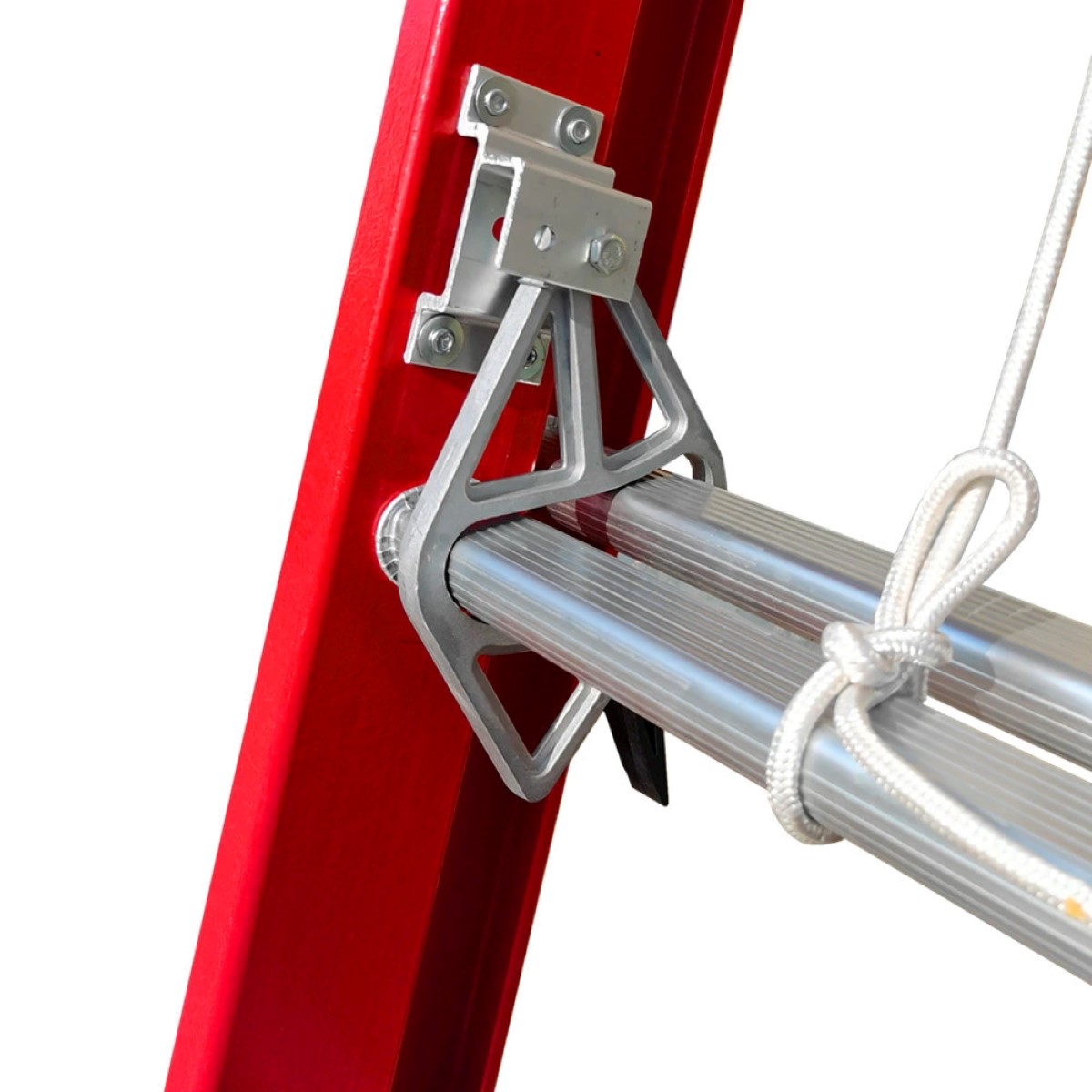
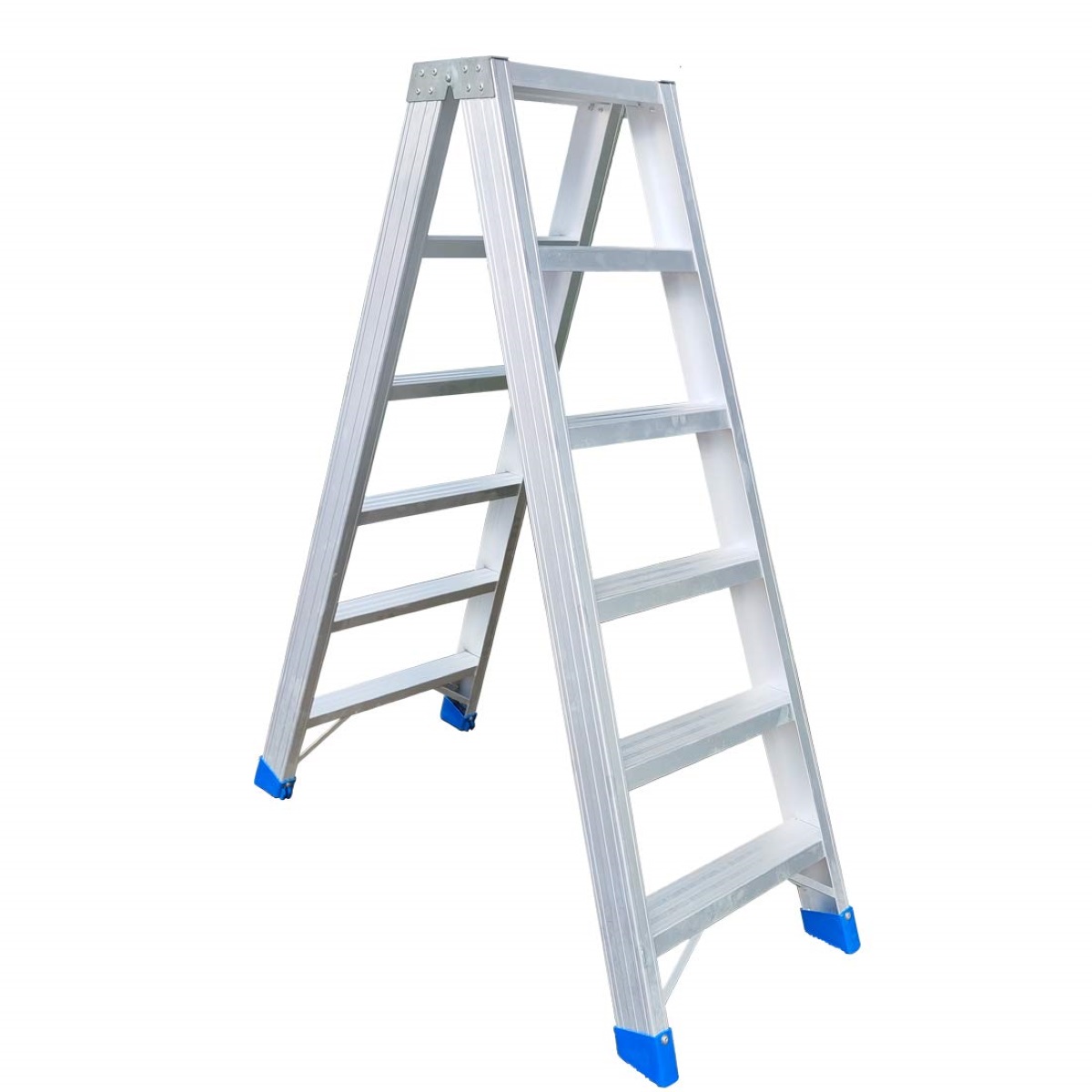

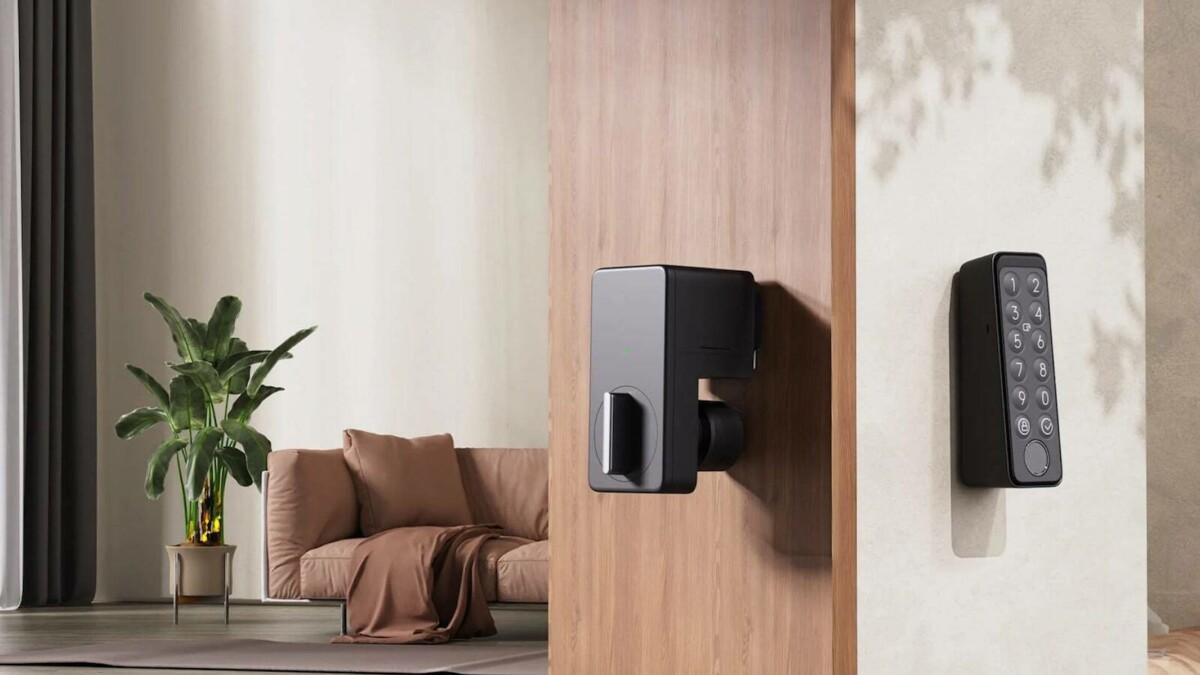
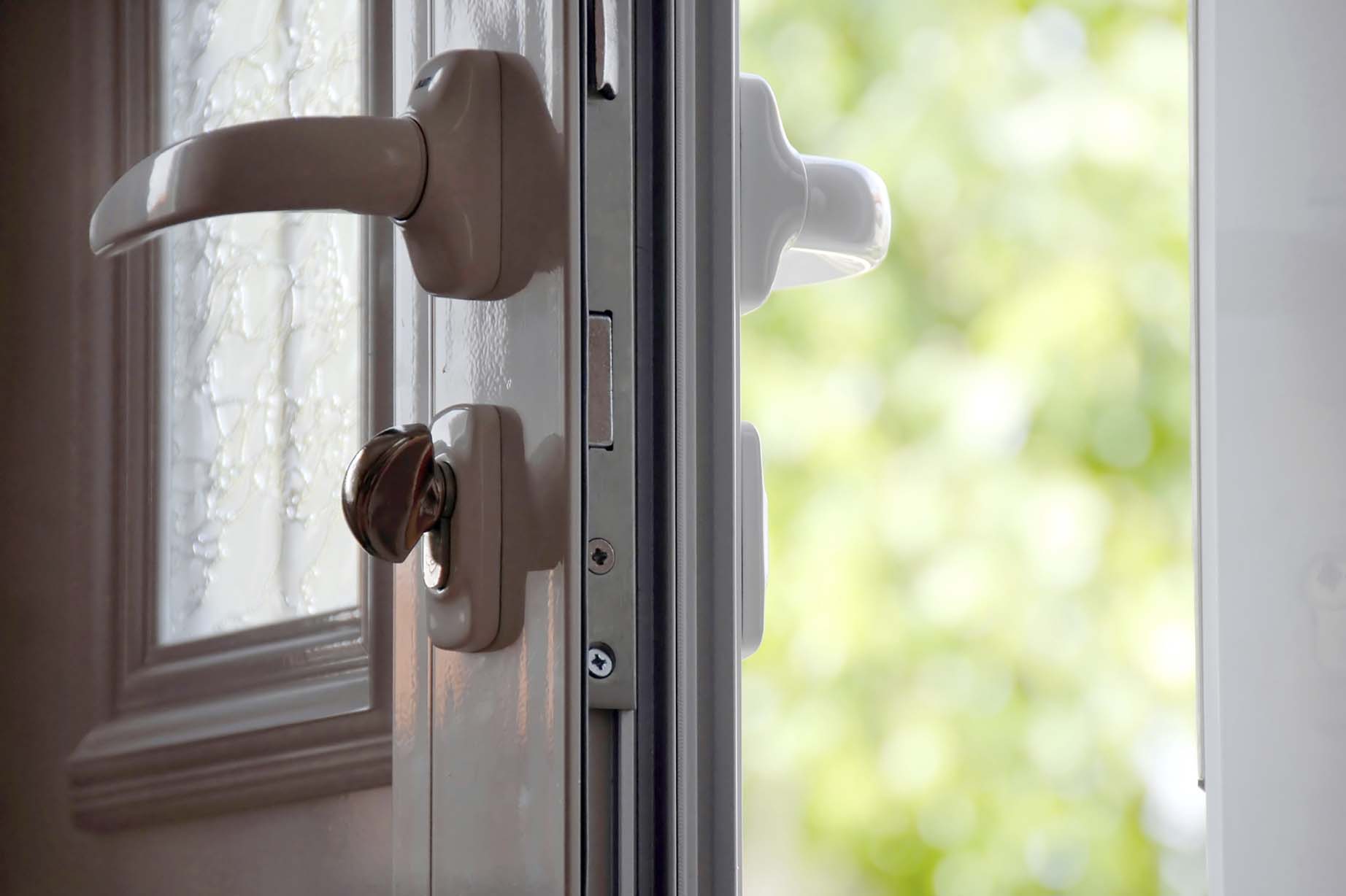
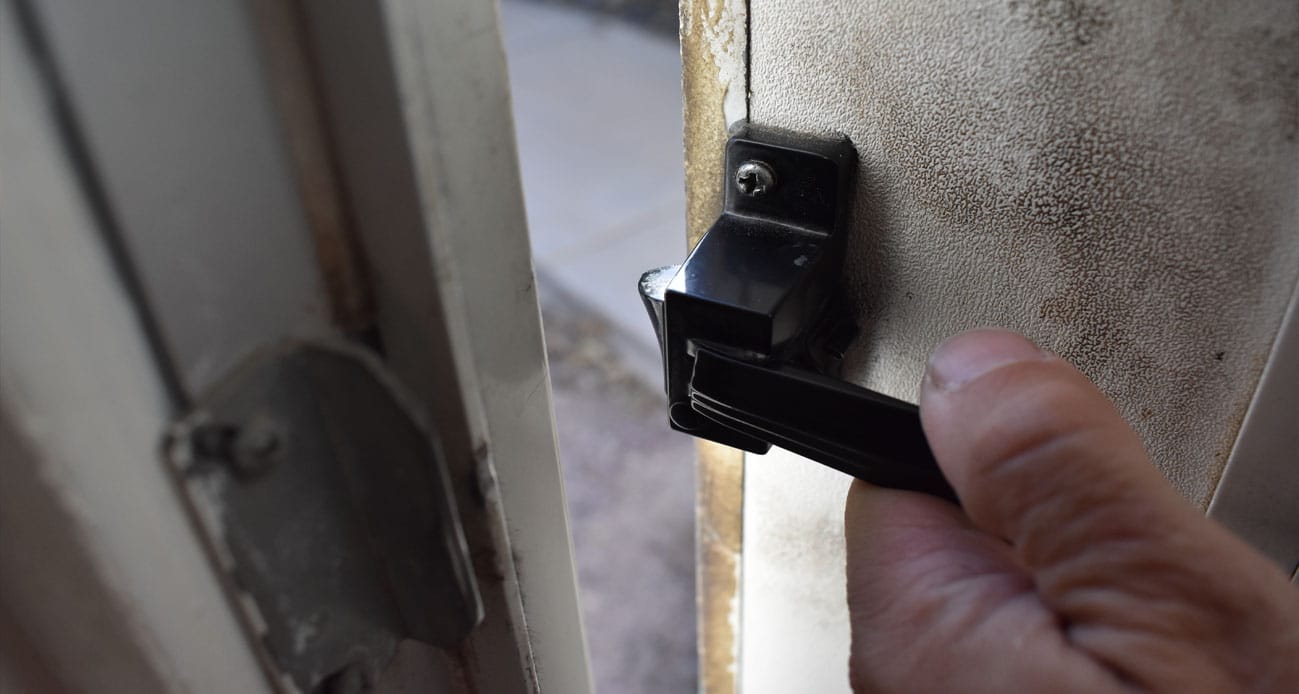
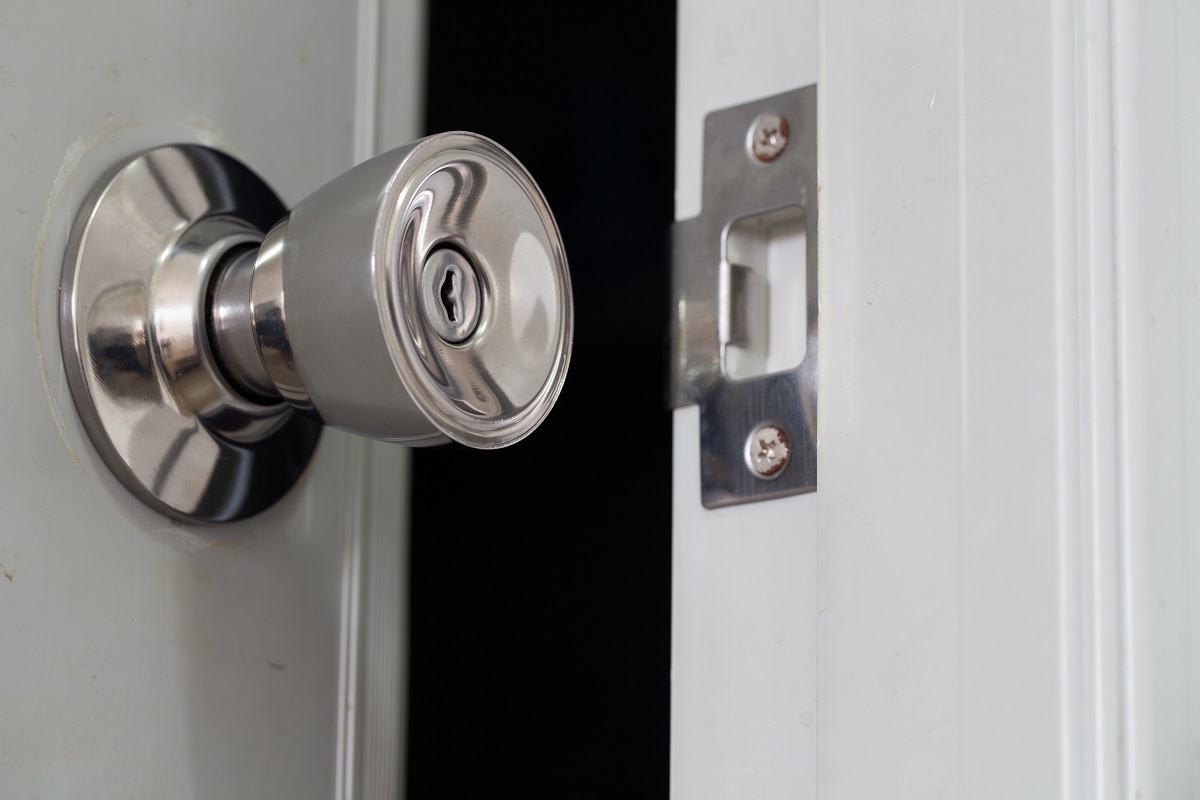
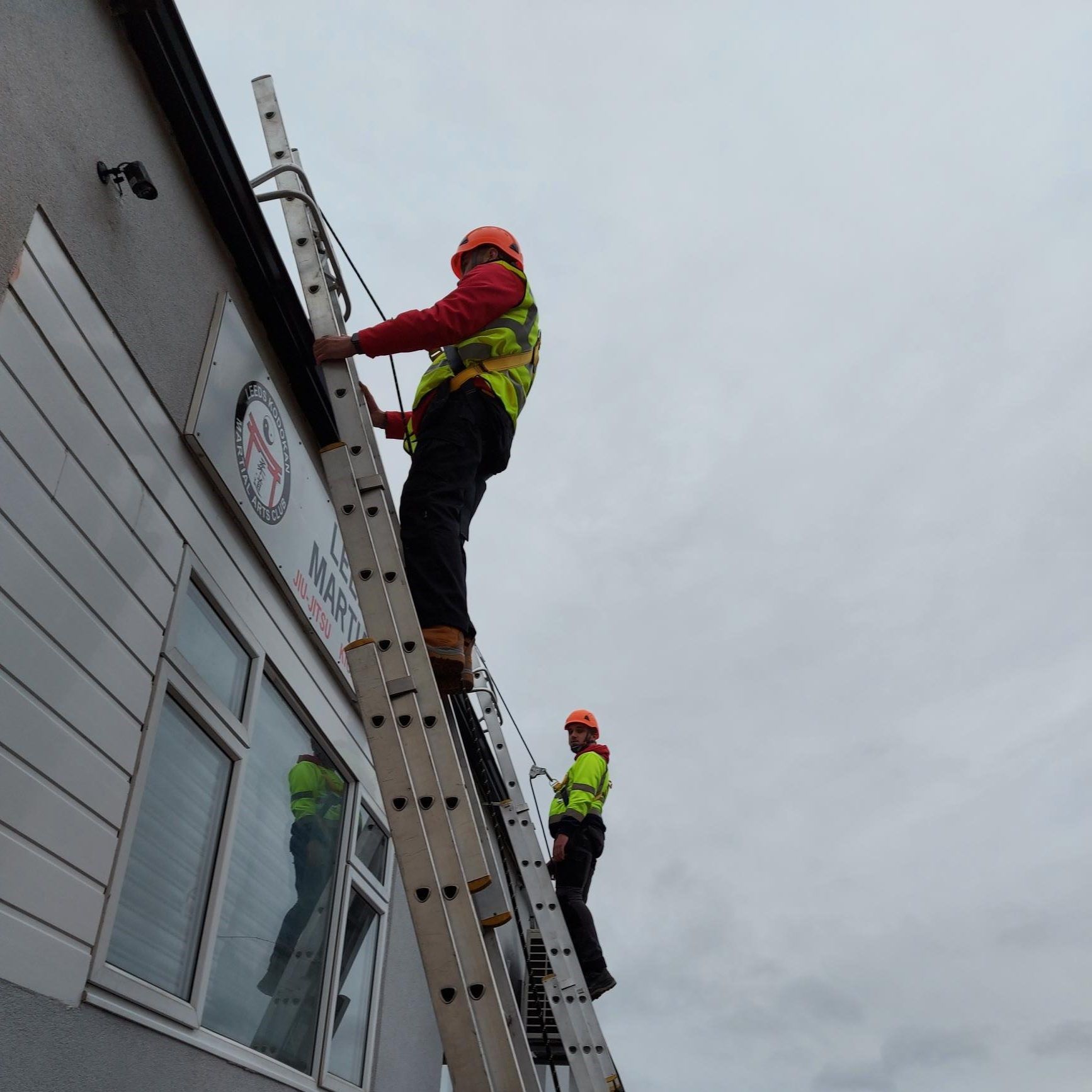
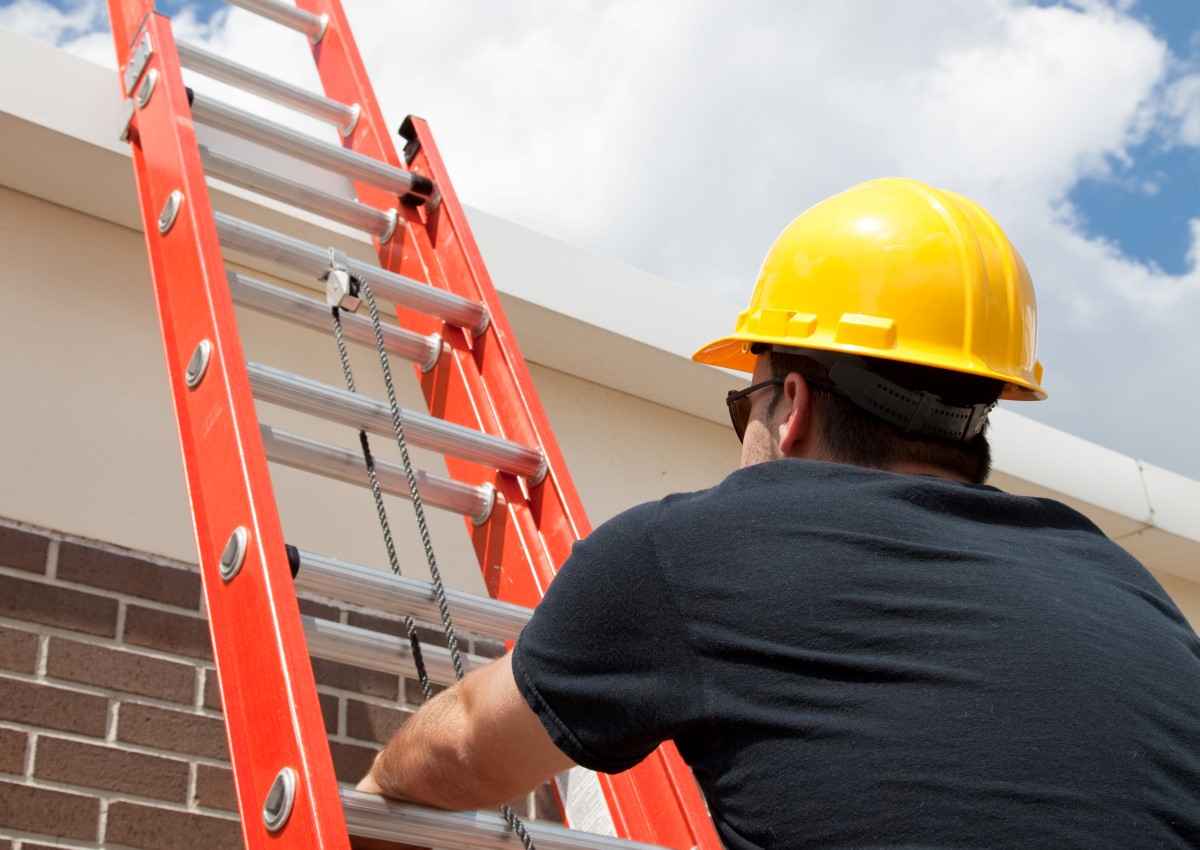
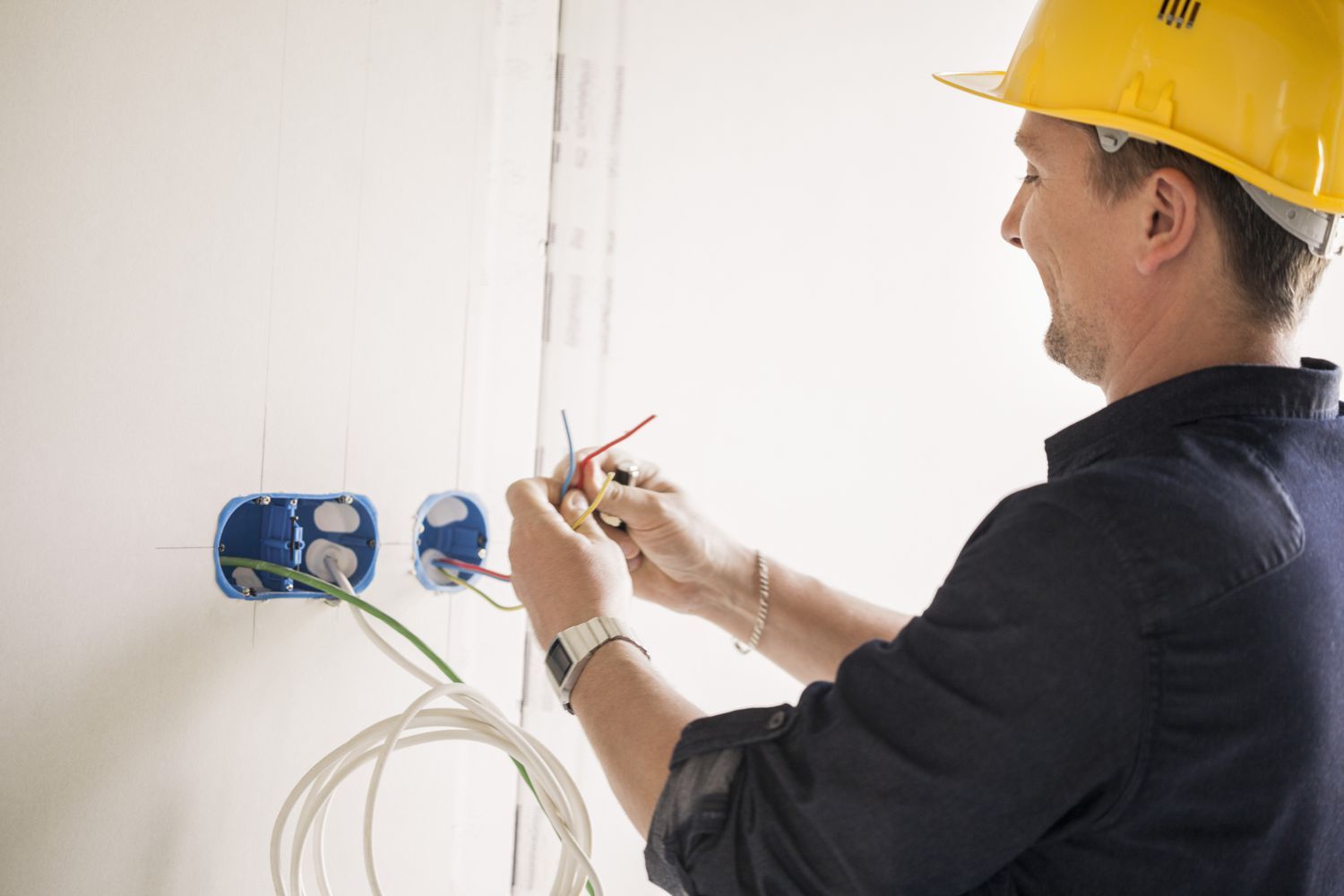
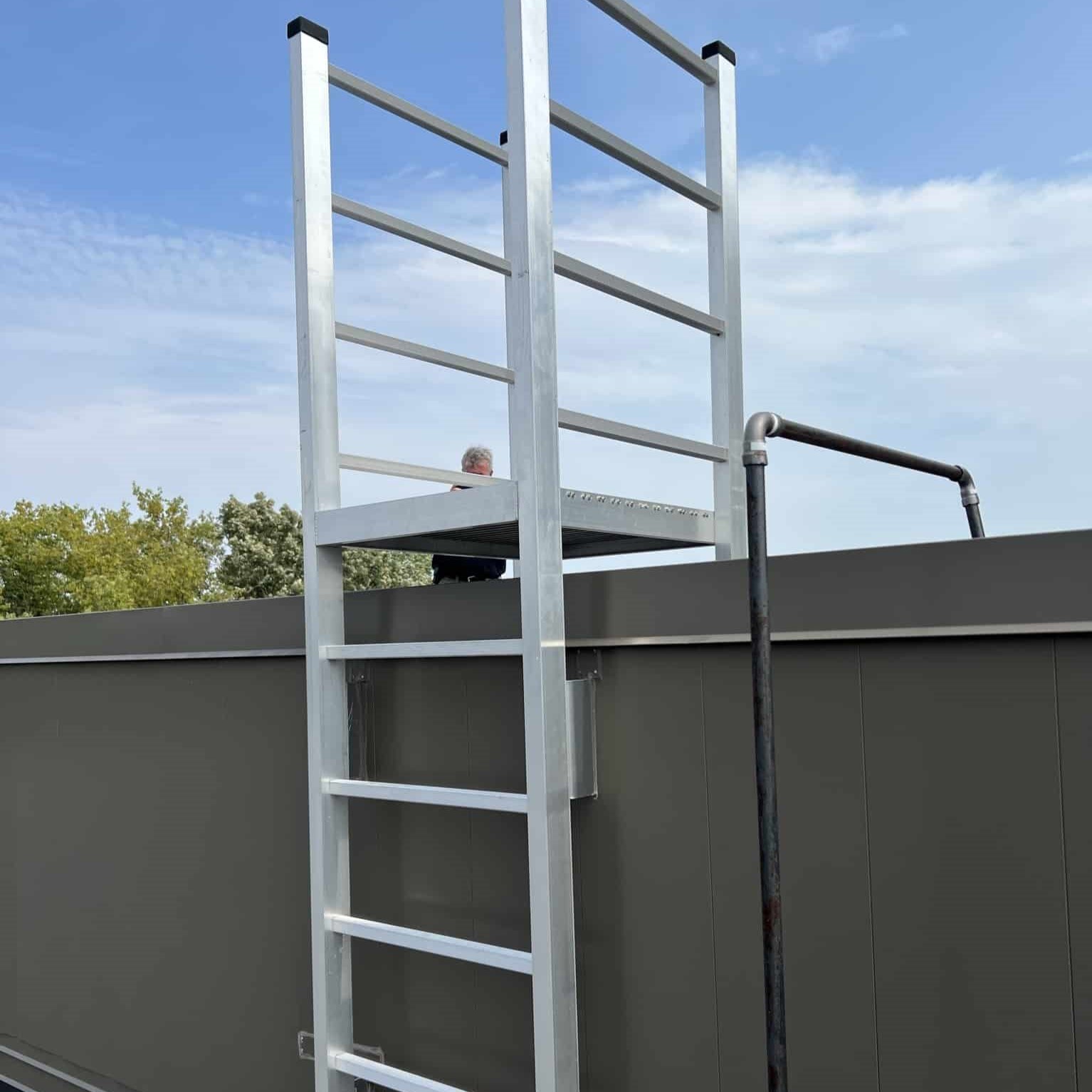


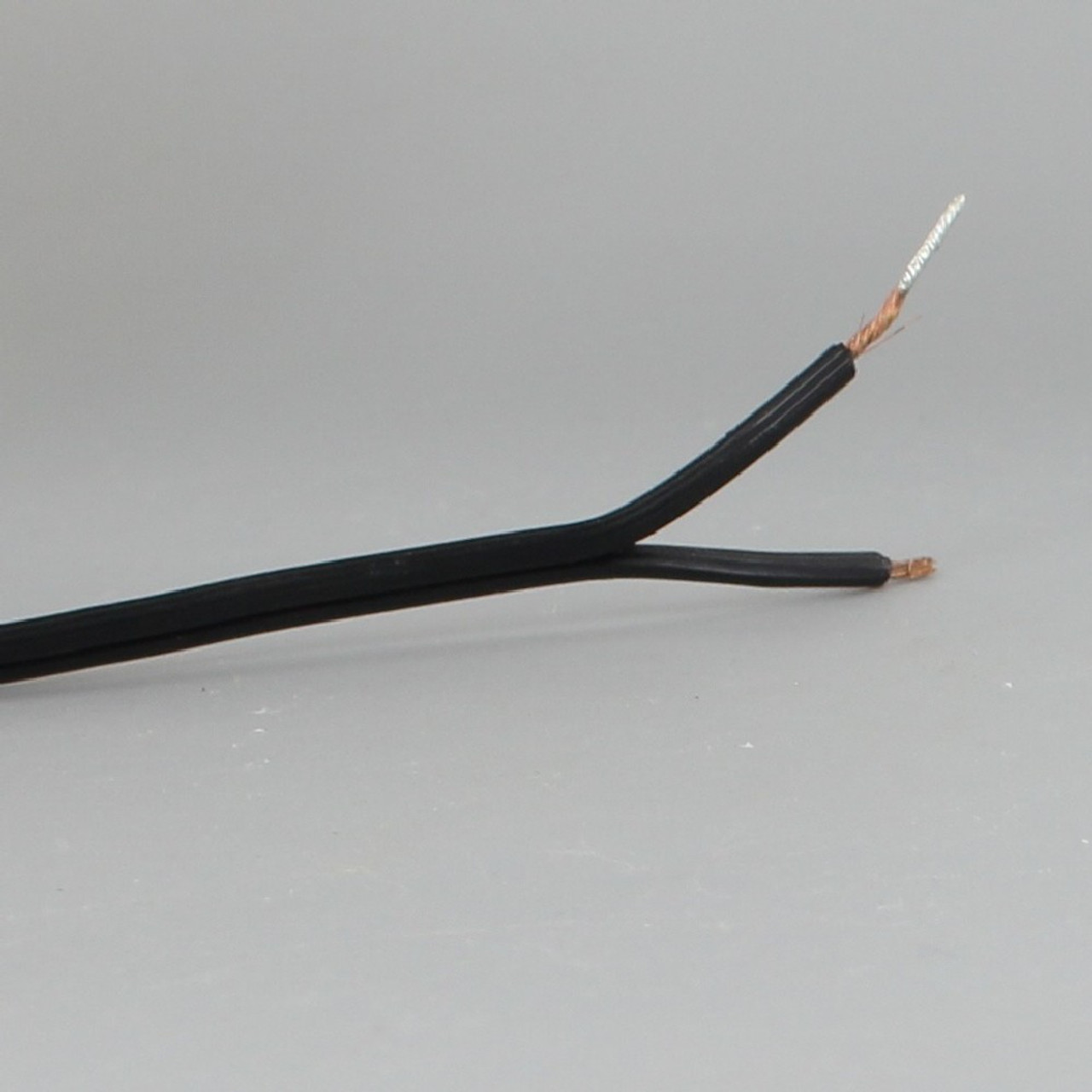

0 thoughts on “Which Part Of An Extension Ladder Locks The Fly Section Into Position”